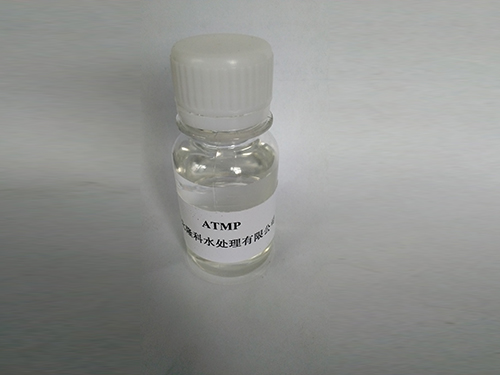difference between flocculant and coagulant
The Difference Between Flocculants and Coagulants
In the realm of water treatment and purification, understanding the roles of flocculants and coagulants is fundamental to effectively managing the quality of water. While both substances are used to facilitate the removal of impurities from water, their mechanisms of action, applications, and effects differ significantly.
Coagulants The First Line of Defense
Coagulants are chemical substances that aid in the aggregation of particles in water. These particles can include dirt, bacteria, and other impurities that are too small to be removed through simple filtration. Coagulation occurs when coagulants—often metallic salts such as aluminum sulfate or ferric chloride—are added to water. These coagulants work by neutralizing the charges on suspended particles, allowing them to clump together in a process known as agglomeration.
The process begins with rapid mixing, which promotes the interaction of coagulants with the fine particles. As the particles come into contact with the coagulant, they lose their electrostatic repulsion. This reduction in repulsion allows them to combine into larger aggregates known as flocs. It is crucial to note that while coagulants set the stage for aggregation, they do not actually form larger particles, which is the job of flocculants.
Flocculants The Aggregation Catalysts
Flocculants are polymers that promote the coagulation process by further enhancing the formation of larger flocs. Once coagulants have neutralized the charges on the particles, flocculants step in to bridge these particles together. They are typically long-chain organic molecules that can connect multiple particles, creating even larger aggregates that can then be efficiently removed through sedimentation or filtration.
difference between flocculant and coagulant

Flocculants are particularly effective in treating water with high levels of turbidity, where finer particles remain suspended. By adding flocculants after the coagulation phase, operators can create a robust and heavy floc that settles at the bottom of a treatment basin. This two-step process enhances the efficiency of water treatment operations, leading to clearer effluent water.
Key Differences and Applications
The main difference between coagulants and flocculants lies in their function and chemical composition. Coagulants primarily focus on destabilizing colloidal suspensions by neutralizing charges, while flocculants promote the aggregation of these destabilized particles into larger masses.
In practical applications, these substances are used in conjunction in various water treatment processes, including drinking water purification, wastewater treatment, and industrial applications. For example, in municipal water treatment plants, coagulants are added initially to induce coagulation, followed by flocculants to enhance floc formation and facilitate sedimentation.
Conclusion
In summary, both coagulants and flocculants play integral roles in water treatment, complementing each other to enhance the removal of contaminants from water. By understanding their distinct functions, operators can optimize treatment processes to achieve clearer, safer water for consumption and use. Effective water treatment not only benefits public health but also supports environmental sustainability, showcasing the importance of these chemical agents in our everyday lives. The synergy between coagulants and flocculants represents a critical advancement in the ongoing quest for clean water management.
-
Understanding Polycarboxylic Acids: Properties, Applications, and Future PotentialNewsJul.28,2025
-
Scale Inhibitor Explained: How to Protect Your System from Limescale and Hard Water DamageNewsJul.28,2025
-
Scale and Corrosion Inhibitors: Essential Chemicals for Industrial Water System ProtectionNewsJul.28,2025
-
Polyaspartic Acid: A Biodegradable Polymer for Sustainable ChemistryNewsJul.28,2025
-
Isothiazolinones: A Versatile Antimicrobial Class with Industrial Power and Regulatory ChallengesNewsJul.28,2025
-
A Deep Dive into 2-Phosphonobutane-1,2,4-Tricarboxylic Acid (PBTC)NewsJul.28,2025





